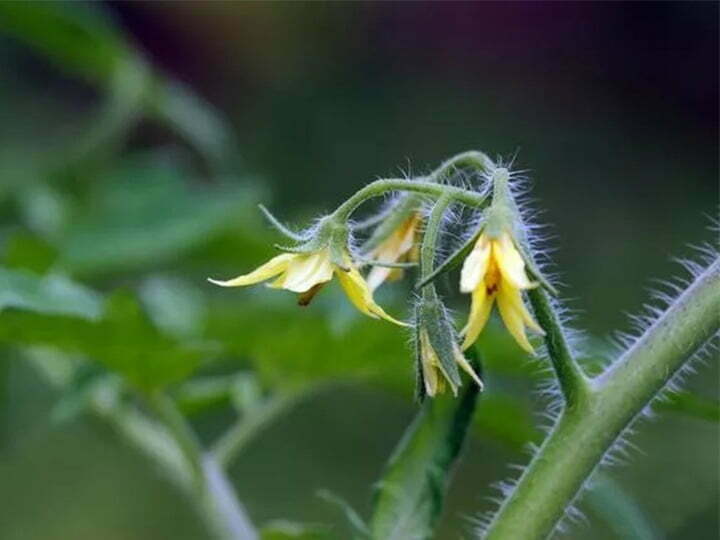Tomato is one of the common vegetables in life, and many people like to eat tomatoes. Its taste is particularly good, mixing with a sour and sweet feeling. In addition to frying, it also can be directly used as a fruit. Some people think that only tomatoes grown by a professional transplanting machine can grow better. Actually, we can grow big and vigorous tomatoes by ourselves. Today, I will share with you my experience of growing tomatoes with a transplanter machine. So when you transplant tomato seedlings, pay attention to the following points.

The tomato transplanting requirements for water
Tomatoes have a developed root system and are generally transplanted with a high survival rate. When transplanting, the depth should be moderate. Too deep transplanting is not conducive to root growth, while too shallow transplanting is not stable for seedling that may be washed away or blown down when exposed to heavy rain or wind.
At present, many cultivations uses covering thin film to achieve heat preservation and moisture retention, and then water seedlings regularly. After that, it is not necessary to irrigate them frequently, which is convenient for management. Tomatoes need water during the fruiting period, so you should keep the soil moist during that time.
The first tomato flower
If the first tomato flower absorbs too many nutrients, it will not only is harmful to the development of other tomato fruits but also inhibit the growth of whole seedlings. Under this circumstance, it seriously affects the yield and quality of tomatoes! If you want to achieve high yields of tomatoes, you need to manage the branches in time to leave one or two buds and remove the rest to prevent competition for nutrients.
The density of tomato transplanting
The yield of crops will be related to the planting density, so reasonable dense tomato transplanting should be carried out according to the selected species and the land conditions.
Generally, you can plant 500-600 seedlings per acre of land, but in a relatively infertile field, the planting amount can be appropriately increased. For land with fertility, the amount of planting can be appropriately reduced.
When planting, you should control the row spacing is between 40-50cm. The plant spacing is about 30-40cm, which can facilitate field management in the future. Sufficient space for extension between tomato plants is conducive to photosynthesis.
The requirements for the illumination
Tomatoes need sufficient photosynthesis during the growth period and sufficient illumination during the seedling stage. Insufficient light will affect flower pollination and the final yield.
The tomato transplanting requirements for the fertilizer
Tomatoes have a large demand for fertilizers. Therefore, to ensure the supply of fertilizers, you shall use nitrogen fertilizers in the early stage to promote plant growth. And apply potassium fertilizers in the later stage to promote fruit development.
However, if you want to plant a great number of tomatoes with a high survival rate, a transplanter machine is still your first choice.

